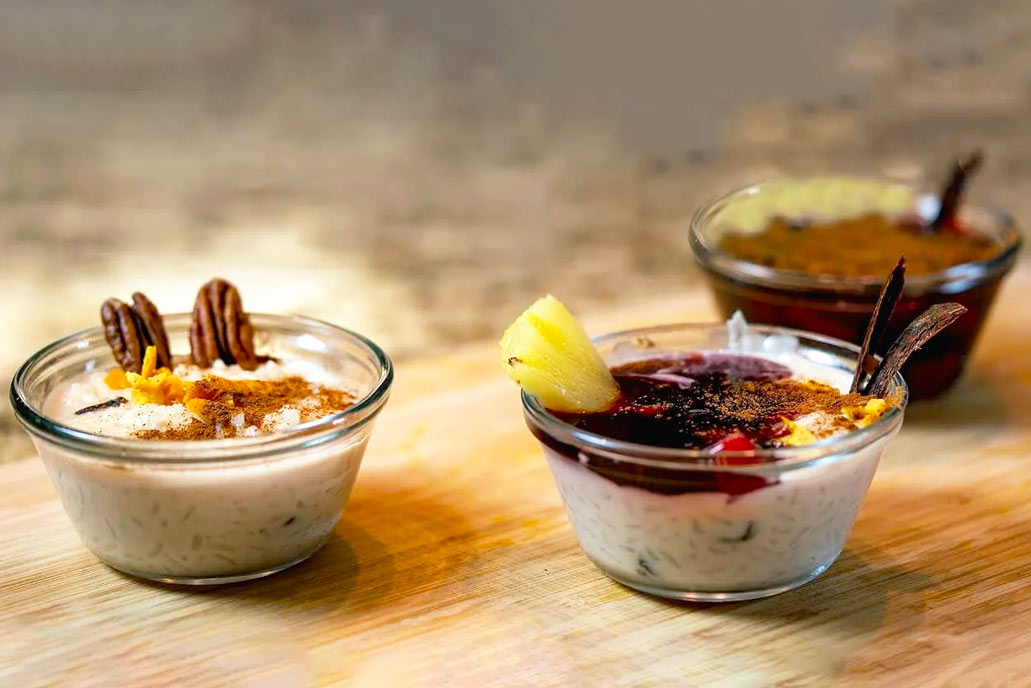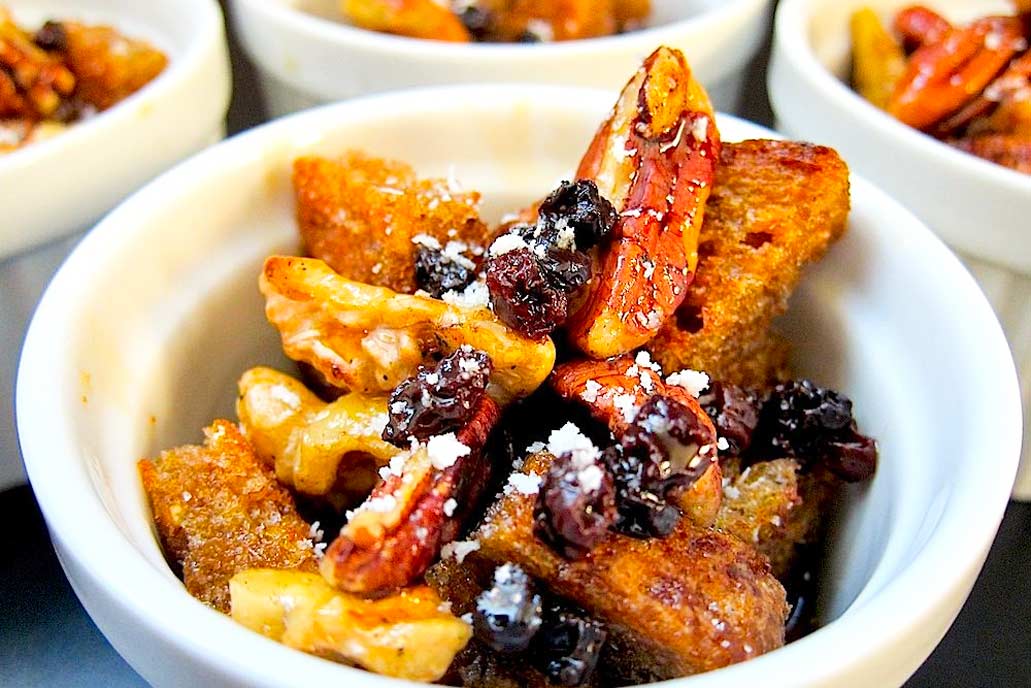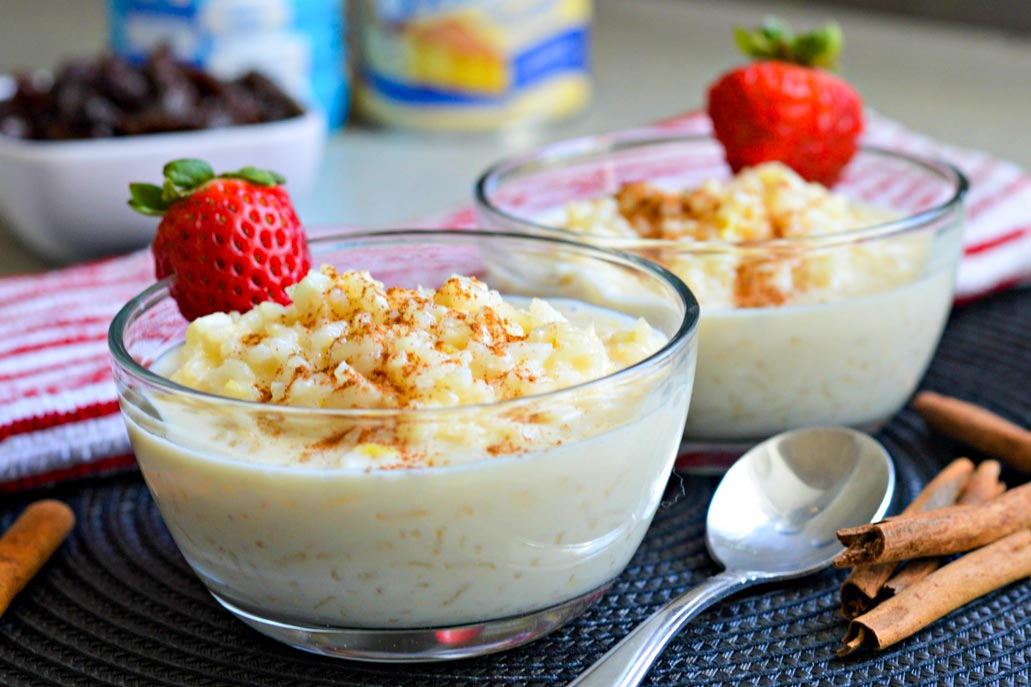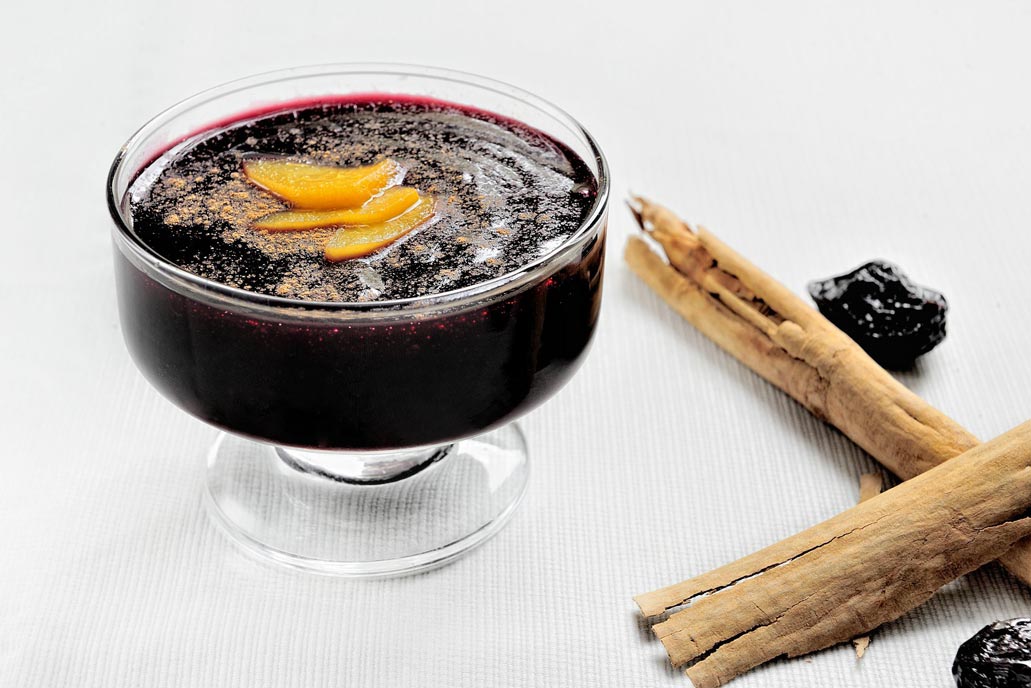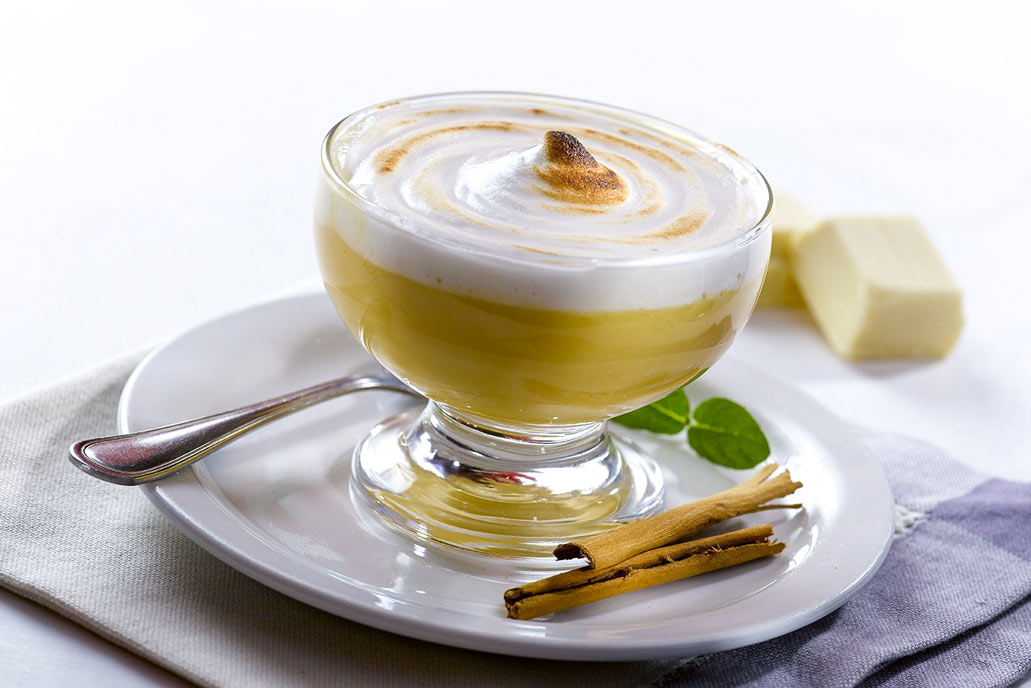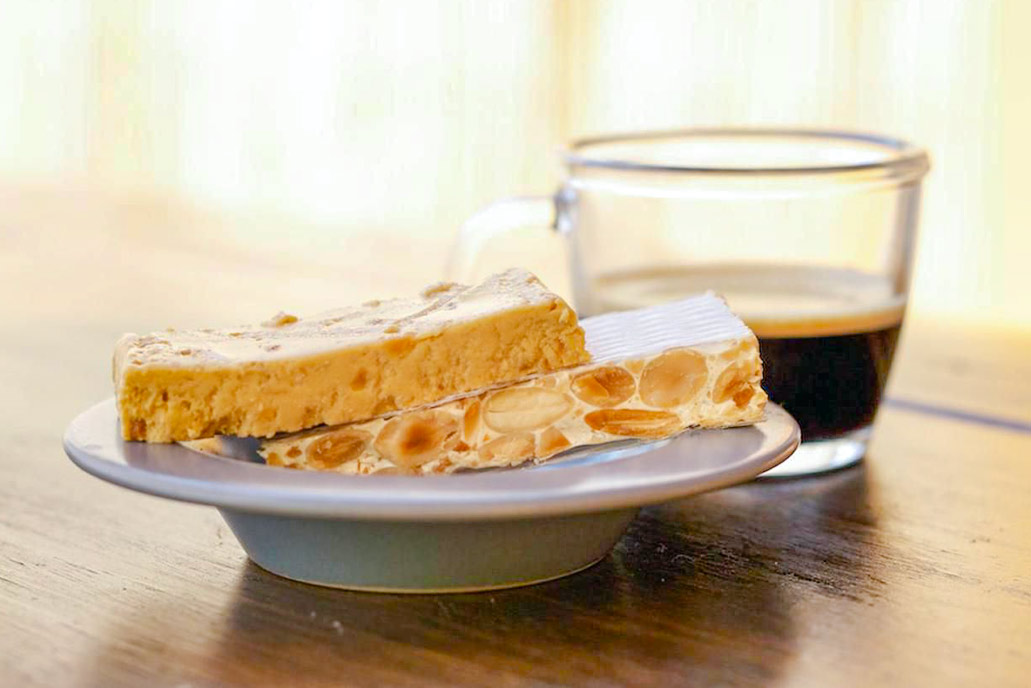The 5 Most Popular Desserts in Lima
The desserts of Lima are quite well-known, even internationally famous. Let’s explore more about the delicious pastries filled with history and interesting anecdotes from which different desserts were created. Most of these desserts have a strong foreign influence. However, Peruvian hands managed to create their own culinary style.
Content
Brief history of desserts in Peru
The history of the most popular desserts has its main starting point with the arrival of sugarcane, wheat flour, and cow’s milk. All of these essential ingredients were brought during the Viceroyalty and Spanish colonization. Other products like sour cherries, apples, quinces, grapes, and many more were also incorporated into these lands. These new products, combined with local ingredients and a strong Arab influence, resulted in desserts with multiple flavors. Lima’s desserts are among the most popular in all of Peru, although other delicious desserts were created in different regions of the country. For now, we will explore five Lima desserts that have won the hearts of Peruvians.
It is often said that during the peak of the Tawantinsuyu, desserts were not made and that they had no knowledge of sugar or sweet flavors, other than those that could be extracted from fruits. For this reason, it is believed and expected that the only dessert from those times is api, which is made by boiling purple corn with chuño or cassava flour to thicken it.
Ranfañote
Talking about this dessert is important because we will learn about the arrival of sugarcane to Peruvian lands. The first plantation in Peru was made in Huánuco according to Garcilaso de la Vega’s writings. Another story suggests that the first sugar plantation was in Trujillo, at what would become the Trapiche estate in the Chicama Valley.
The dessert known as Ranfañote has different origins. One of them is said to have come about due to the sugar boom, where its delicious flavor was incorporated into as many foods as possible. Sugar syrup was widely used in the making of desserts, and at that time, someone had the idea to mix dry bread with the sugar syrup. Another origin attributed to this Lima dessert is that when black slaves couldn’t find anything to eat, they would gather leftover dry bread, cheese, and orange peel to make a mixture, which they would cover with cane syrup.
In both stories, we can deduce that this dessert is one of the oldest created in Lima with the arrival of sugar, although some traditionalists may doubt this. Over the years, the method of preparing this dessert has changed and improved. Another important aspect is that today it is not very popular or known in other Peruvian regions, as it is only prepared during artisanal or traditional fairs in Lima, making it its only means of commercialization.
How is Ranfañote served?
Today, it is often mixed with other ingredients that enhance the sweet flavors of sugar syrup. Some of the ingredients include toasted or buttered bread, chancaca (raw sugar) diluted and boiled with anise, cloves, and orange peel. This mixture is decorated with grated coconut, dried fruits, and cheese, all sprinkled with ground cinnamon.
Rice pudding
One of the most traditional desserts in Peru and much of Latin America is Rice Pudding, a delicious dessert dating back long before the Spanish colonization of Peru. According to historical data, its predecessors can be found in a recipe book from Naples in 1520, where it was included in the text Libro de guisados, manjares y potajes; by Ruperto Nola, which contains recipes very similar to rice pudding but prepared with rice flour.
So, how did rice arrive in Peru? Rice is currently the most consumed cereal in the world. The cultivation of rice spread throughout the world thanks to the grain’s resistance to different terrains. It is believed to have originated in Asia, then spread to Greece, reaching Rome and Egypt. It arrived in Spain with Muslim influence and subsequently made its way to this side of the world.
As we can see, the European and Asian influences on this dessert’s creation are undeniable. One thing that may differentiate it is the way it is prepared. In Lima, it is made differently than what we might find in the old continents or in Peru’s neighboring countries, which also consume this dessert.
Throughout history, it has been present in the daily lives of Lima residents, even being used as a metaphor to refer to beautiful and sweet women. It was so popular that the traditionalist Ricardo Palma included this dessert in one of his stories. Similarly, writer Manuel Atanasio Fuentes narrates a passage where these delicious desserts are sold in the streets of Lima.
How is rice pudding served?
Currently, especially in Lima, we can find different varieties of this dessert. The most striking is called Arroz Zambito, where the added ingredient is chancaca, or solidified sugar syrup. This not only adds sweetness but also an exquisite flavor and a special color. It is also often served with raisins, grated coconut, walnuts, almonds, and is especially displayed alongside Mazamorra Morada.
Purple corn pudding
This is the dessert that has lasted since before the Spanish colonization. It is said that this dessert was prepared during the Tahuantinsuyu with yellow corn, which was boiled and thickened with sweet potato or chuño starch. Although this preparation is quite similar to api, it has multiple flavors due to the different ingredients that can be added.
It is said that the term “mazamorra” was used by the Spanish to refer to mixtures of food scraps or, more popularly, food for marginalized people or slaves. Initially, the Spanish were made to try this dessert, and displeased, they began calling it mazamorra. Over time, it acquired the name “mazamorra morada” due to the unique color of the dessert.
Mazamorra morada became popular during the celebrations of Señor de Pachacamilla, better known as Señor de los Milagros. In October, various processions of this saint take place through the streets of Lima. It was during these events that this dessert became popular, as it was believed to help fight the cold. It is also important to note that the purple color of the dessert aligns with another name for this saint: Cristo Morado.
How is mazamorra morada served?
Once again, sugar played a key role in giving this dessert a better flavor. However, it wasn’t just that; over time, dried fruits, sour cherries, raisins, apples, peaches, and quince were added. Later, Amazonian products like pineapple and plantains were included. As mentioned earlier, it is common to find it served alongside rice pudding or Arroz Zambito.
Purple corn has a strong presence in the territories of Peru, Bolivia, Colombia, and Ecuador. Its main characteristic is that it has a purple color throughout its composition, from the grains to the cobs. This product is quite healthy, as it helps reduce cholesterol, lowers blood pressure, protects the walls of arteries, and combats obesity and diabetes.
Suspiro a la Limeña
Earlier, we discussed Ranfañote, which is considered the oldest dessert in Lima. Now, let’s talk about one of the youngest. Suspiro de Limeña is a relatively young dessert, dating back to the middle of the last century, which means it is approximately 70 years old. This dessert goes by different names, such as “suspiro a la limeña” and “suspiro limeño.” However, the name that best describes it due to its origin would be “suspiro de limeña.”
The origin of this dessert is uncertain. Some say it has existed long before and has a direct Spanish origin. Previously, it was said to be called “manjar real del Perú,” due to a similar recipe found in the Nuevo diccionario americano de cocina (1868).
It is also attributed to the creation of this dessert to Amparo Ayarza, who came up with the way to make it due to the abundance of egg yolks left over from the egg whites used to clarify wine. The yolks were mixed with milk and sugar, resembling a manjar blanco, and then decorated with a meringue made by beating the egg whites.
After the creation of this particular dessert, Amparo Ayarza’s husband, Peruvian poet José Gálvez Barrenechea, after tasting it, said: “soft and sweet like a woman’s sigh.” He named and popularized this new name for the dessert, a name that has endured to this day. In this sense, we emphasize that the most appropriate name is “suspiro de limeña.”
How is suspiro de limeña served?
This dessert can be enjoyed in different ways. It can be a snack or can be tasted at any time of the day. It will always be a pleasure to enjoy it. Typically, it is accompanied by a cold or iced tea, but most chefs agree that its flavor is enhanced when paired with pisco.
Turrones
To talk about the famous turrones, we have to go back to the late 18th century and speak about Josefa Marmanillo, perhaps better known by the popular nickname that any Peruvian can recognize Doña Pepa. It is said that this woman began to lose mobility in her arms, so she decided to visit the Señor de los Milagros to ask for a quick recovery.
Doña Pepa traveled to Lima from Cañete in October, after being freed from slavery due to her arm ailment. After attending the processions, she returned to Cañete and gradually began to recover. Then, the following year, she decided to return, bringing a delicious turrón, which she gave to all the believers. From this moment on, it began to be popularized every October, and it continues to this day.
Since then, the making of turrones became popular during the month of October. This dessert is so delicious that it is not only consumed by the faithful but also transcends to the general public. Additionally, it is not only made in Lima but is also prepared in many regions of Peru.
How is the turrón presented?
This dessert has a composition similar to cookies, which are later dipped in sugar syrup flavored with fruits like pineapple, bananas, and quince. Afterward, they are decorated with sprinkles and some other candies.
By Machupicchu Terra – Last updated, February 17, 2025
